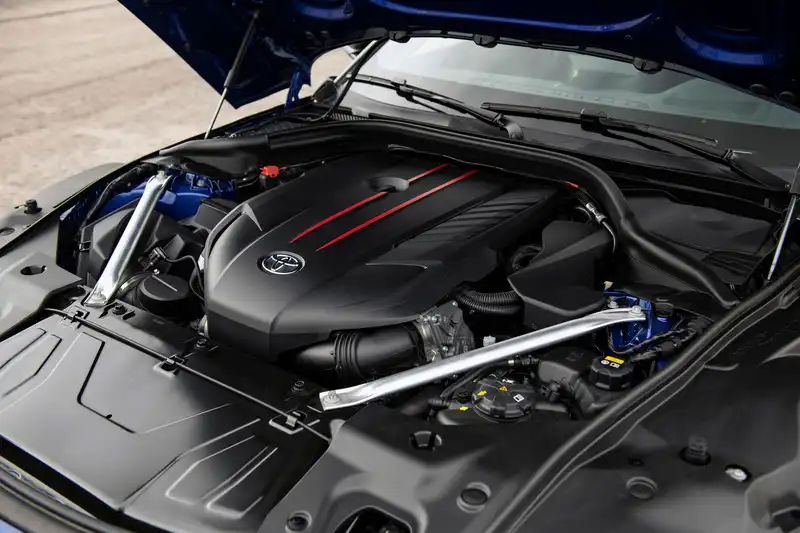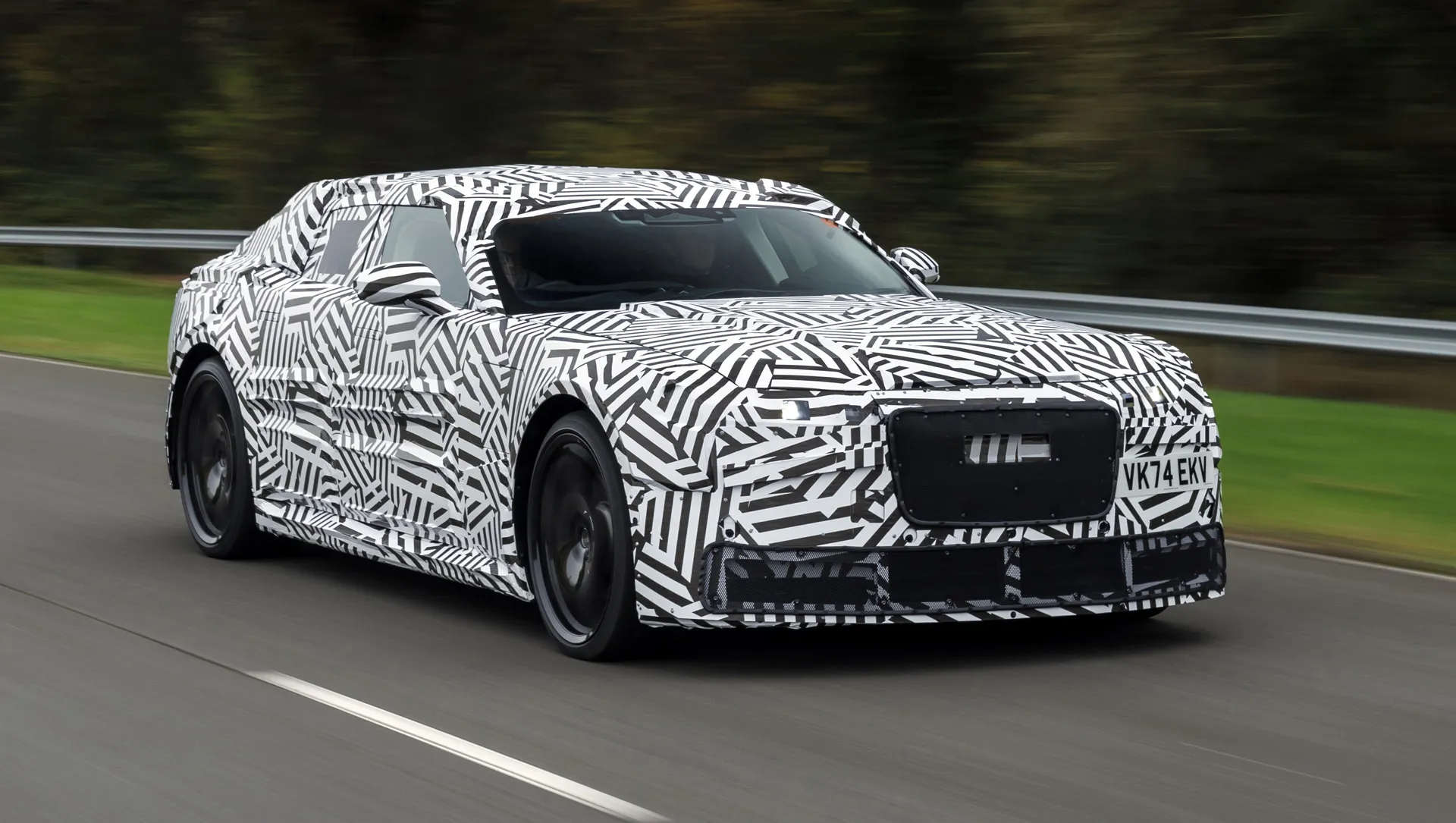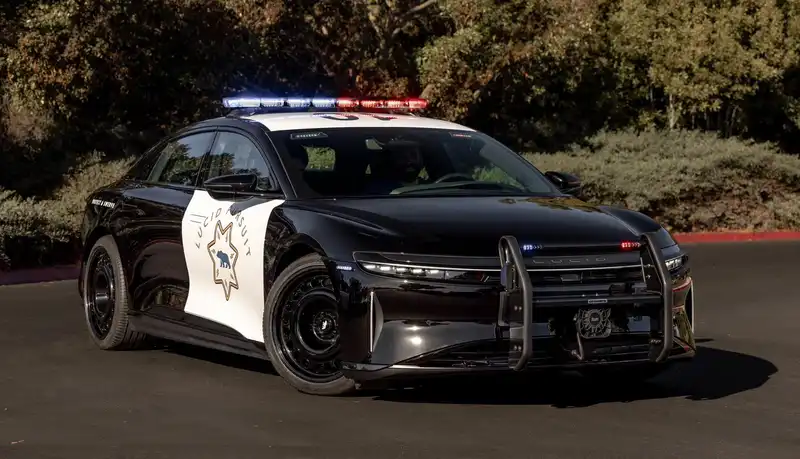Science Why different types of engines sound different

Exhaust note gives a car character. Toyota has published a helpful explanation as to why.
It starts with cylinder count. The combustion stroke is what produces the sound, and in a typical four-stroke engine, it takes place once for every two revolutions of the crankshaft.
The more cylinders an engine has, the more often a cylinder enters the combustion stroke. This means that the sound occurs more consistently and is smoother and fuller to the ear.
Cylinder shape also plays a role. The inline 6-cylinder and V12 engines have two pairs of cylinders that work together to cancel out vertical and horizontal vibrations and maintain a perfect balance. While the absence of vibration provides a comfortable driving experience, these engines also have an advantage with regard to sound.
The even number of cylinder banks in V-12 and inline 6-cylinder engines means that exhaust gases from different cylinders do not interfere with each other, making it easier to design the exhaust system for maximum audible effect. In addition, inline 6-cylinder engines do not require a balance shaft as in V-6 engines to reduce vibration, thus reducing mechanical noise.
V-8 engines can also sound great, but precise tuning depends on their configuration. The stereotypical sound of muscle cars and NASCAR stock cars is produced by a cross-plane crankshaft. In this common configuration, uneven firing impulses cause the exhaust gases to move intermittently, producing that distinctive sound; flat-plane crank V-8s, such as those used in the C8 Chevrolet Corvette ZR1 and Z06, allow exhaust gases to move more smoothly, resulting in a higher pitched sound.
These are just the sounds of naturally aspirated engines. Turbochargers add a bit of hissing and whistling to the soundtrack in relation to the air moving in and out of the turbine in response to throttle input.
In general, road cars are required to have a muffler. Mufflers use a series of chambers to slow down the exhaust gases and absorb some of the sound. As Toyota points out, these chambers can alter not only volume but also sound quality, giving engineers the opportunity to make the car sound better.
Good exhaust sound is one of the reasons Toyota is looking for ways to continue building internal combustion engines in the face of stricter emission regulations that are driving the auto industry toward EVs.
Toyota is partnering with Subaru and Mazda to achieve carbon neutrality for internal combustion engines by further improving fuel economy, and is also looking at carbon neutral alternatives to gasoline such as synthetic fuels and hydrogen.





